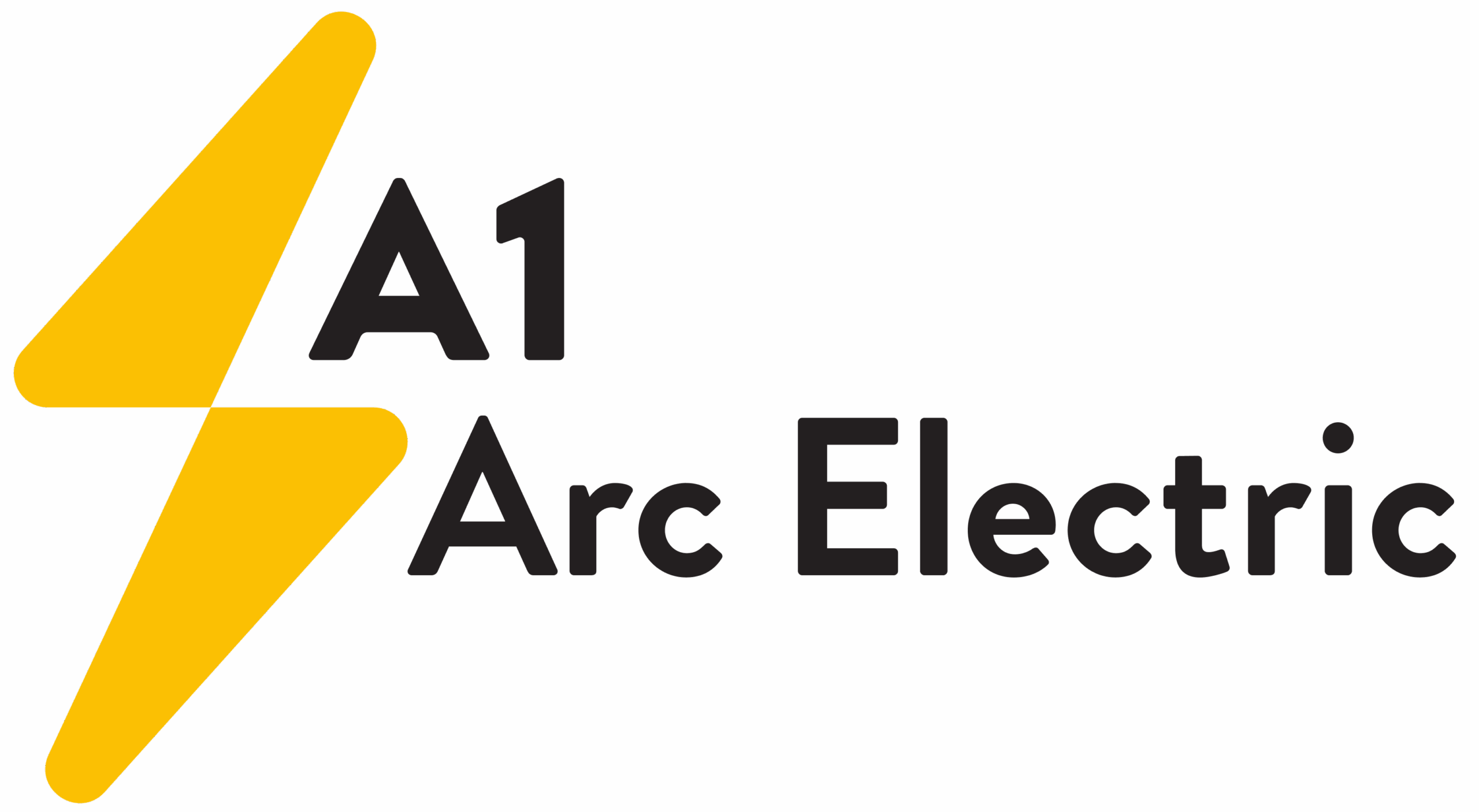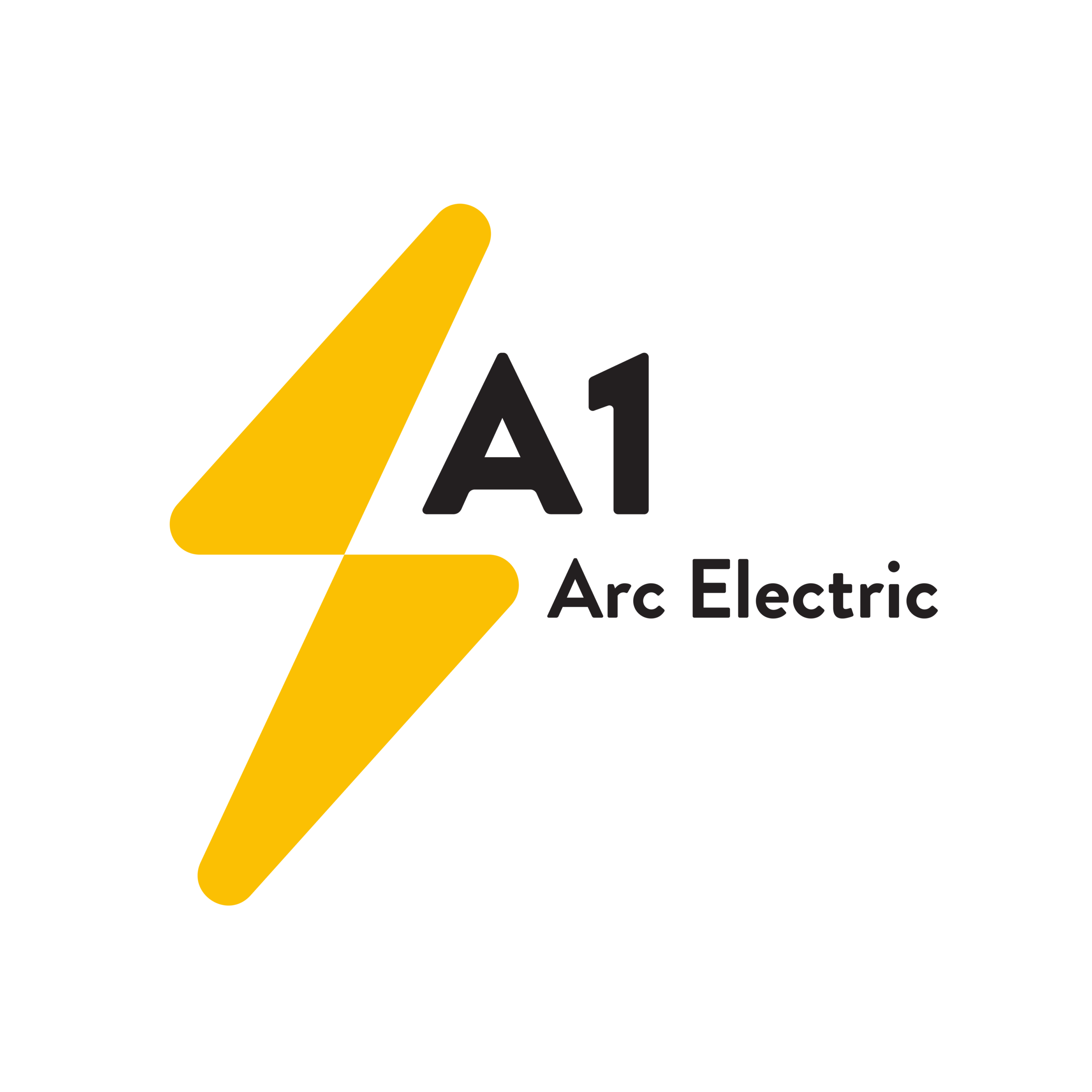One of the most notable advantages for residents and businesses in British Columbia is the province’s remarkably low electricity rates. In fact, B.C. consistently ranks among the most affordable places for power in North America. This isn’t a coincidence—it’s the result of a robust regulatory structure and active government engagement. The British Columbia Utilities Commission (BCUC) serves as the independent body responsible for overseeing electricity rates. Their goal is to ensure that these rates remain fair, reasonable, and transparent for all customer groups.
The provincial government has committed to keeping electricity rates as low as possible, while also ensuring that any increases are predictable and manageable. This commitment is demonstrated through policy reviews and public engagement, like the BC Hydro Review. These efforts don’t just focus on the bottom line; they also support environmental initiatives such as CleanBC, which aims to reduce greenhouse gas emissions and promote clean energy usage.
Collaboration between regulators and utility providers is ongoing, with an emphasis on cost savings, operational efficiency, and the creation of new revenue streams. All of this is done while maintaining strong regulatory and financial oversight. For homeowners, businesses, and industry leaders, this creates a stable energy landscape that supports both economic growth and environmental sustainability.
How Electricity Rates Are Set: The Role of the BCUC and Public Consultation
- The BCUC is responsible for setting electricity rates in B.C.
- Public consultation is an integral part of the rate-setting process.
- Rates are designed to reflect the costs for different customer classes.
- The process ensures transparency and accountability.
- Government oversight helps align rates with policy goals.
Electricity rates in British Columbia aren’t determined in isolation—they’re shaped through a rigorous, transparent process led by the BCUC. This commission acts as the regulatory watchdog, ensuring that the interests of consumers, utilities, and the broader public are balanced.
The rate-setting journey begins with a comprehensive review of the costs associated with generating, transmitting, and distributing electricity. Utilities submit proposals outlining their projected expenses and necessary revenues for the coming years. These proposals undergo detailed scrutiny, with the BCUC ensuring that the requested rates are justified and that operational efficiencies are being pursued.
Public consultation is a key component. Residents, business owners, and other stakeholders are invited to participate in hearings or submit feedback. This open dialogue allows for community concerns and perspectives to be considered, leading to more equitable outcomes. Rates are ultimately categorized for different customer classes—residential, commercial, and industrial—recognizing the unique needs and consumption patterns of each group.
Transparency doesn’t end when rates are set. The BCUC publishes rate decisions and supporting information, so everyone can understand how rates are determined and what factors influenced the outcome. This approach builds public trust and ensures that B.C.’s electricity rates continue to reflect fairness, efficiency, and accountability.
Breaking Down Rates for Residential, Commercial, and Industrial Customers
- Different customer classes: residential, commercial, industrial.
- Each class has unique energy needs and pricing structures.
- Tariffs are designed to cover the specific costs of supplying each group.
- Rate schedules and billing information are publicly available.
- Understanding your rate class can help manage costs.
Electricity isn’t a one-size-fits-all service—different users have different needs, and this is reflected in B.C.’s rate structure. The BCUC and utility providers categorize customers into three main groups: residential, commercial, and industrial. Each group has its own tariff, carefully designed to cover the real costs of supplying electricity to that customer class.
Residential rates are typically structured to support households, with consideration for predictable usage patterns and affordability. Commercial rates apply to businesses and office spaces, where demand may vary depending on operating hours, equipment, and lighting needs. Industrial rates, on the other hand, are tailored for large-scale operations that require significant and often continuous power supply, such as manufacturing plants or resource extraction facilities.
All rate schedules are made public by the BCUC, giving customers clarity about how their bills are calculated. This includes detailed breakdowns of base charges, usage tiers, and any applicable fees or credits. By understanding which rate class you fall into and how your consumption affects your bill, you can make more informed decisions—such as when to schedule high-energy activities or invest in energy-efficient upgrades. This transparency empowers all customers to take control of their electricity costs, whether they’re running a household, a retail store, or a large factory.
Comparing B.C.’s Electricity Prices Across North America
- B.C.’s rates are compared to other major North American cities.
- Hydro Québec provides comprehensive rate comparisons annually.
- B.C. consistently ranks among the lowest for electricity costs.
- Competitive rates benefit residents, businesses, and industries.
- Lower electricity costs support economic competitiveness and sustainability goals.
To truly appreciate the affordability of electricity in British Columbia, it’s helpful to compare local rates to those in other parts of North America. Each year, Hydro Québec publishes a detailed comparison of electricity prices across 21 major cities, offering an unbiased look at where B.C. stands.
The results are consistently favorable for B.C. In these comparisons, electricity rates for both residential and commercial customers are among the lowest in the continent. This isn’t just a point of pride—it has real-world benefits. Lower electricity costs make B.C. an attractive place to live, work, and do business. For families, it means more manageable household expenses, especially as the demand for electrical services grows with new technologies like heat pumps and electric vehicle (EV) chargers. For businesses and industries, it translates into lower operating costs and a competitive edge.
Affordable and stable electricity rates also help advance sustainability goals. As more homes and businesses adopt energy-efficient lighting, upgrade their wiring, or switch to electric heating and cooling systems, reasonable rates make these transitions more accessible. This supports the province’s broader clean energy objectives, making B.C.’s energy landscape a model for others to follow.
Navigating Billing Issues and Customer Support Resources
- The BCUC regulates utility compliance and protects consumer interests.
- Customers can seek help for unresolved billing issues.
- The BCUC offers a structured complaints process.
- Resources are available to help understand billing and rate details.
- Access to support ensures transparency and accountability.
Even with robust regulations and oversight, billing issues can sometimes arise for electricity customers. Fortunately, British Columbia offers a strong framework for resolving these problems and protecting consumers’ interests. The BCUC not only regulates utility rates and operations but also enforces compliance with provincial regulations, ensuring that customer rights are upheld.
If you encounter a billing issue that you can’t resolve directly with your utility provider, you have the right to escalate the matter to the BCUC. The commission provides a structured complaints process, guiding consumers through the steps required to register and track their concerns. This process is transparent, impartial, and designed to find fair solutions for all parties involved.
Additionally, the BCUC and utility companies make detailed billing information readily available, so you can better understand your charges and the factors influencing your bill. Educational resources, FAQs, and customer support lines are accessible for further assistance. This comprehensive approach to customer support ensures that issues are addressed promptly, and that every resident, business, and industry member has the tools they need to navigate electricity billing with confidence and clarity.
Exploring Net Metering Opportunities for Energy Savings
- Net metering allows customers to generate their own electricity.
- Excess power can be returned to the grid for credits.
- Utilities like BC Hydro and FortisBC offer net metering programs.
- Net metering supports sustainability and can reduce costs.
- Customers should contact their utility provider for eligibility and details.
For those interested in taking energy management a step further, net metering is an innovative option available in British Columbia. Net metering allows homeowners, businesses, and even industrial facilities to generate their own electricity—typically through solar panels or other renewable sources—and feed any excess power back into the grid.
When your system produces more electricity than you use, the surplus is delivered to the utility grid and you earn credits on your bill. These credits offset the cost of electricity you draw from the grid at other times, potentially leading to significant savings. Net metering not only helps reduce overall energy costs but also supports the province’s clean energy and sustainability goals.
Utilities such as BC Hydro and FortisBC both offer net metering programs, with specific guidelines and eligibility requirements. If you’re considering installing renewable generation—whether as part of a general renovation, to power new lighting, or to support electric vehicle charging—contact your utility provider for details on how to participate. Net metering represents a practical and forward-thinking approach to energy use, empowering customers to take control of their consumption and contribute to a greener future.
Key Takeaways for Managing Electrical Costs in B.C.
- B.C.’s electricity rates are low, stable, and fairly regulated.
- Transparent rate-setting and customer support protect consumers.
- Understanding rate classes and billing details helps manage costs.
- Net metering and energy-efficient upgrades offer additional savings.
- Staying informed enables smarter energy decisions for all customer types.
Managing electrical costs in British Columbia is easier thanks to the province’s unique combination of low rates, strong regulation, and customer-focused support. Whether you’re a homeowner upgrading your wiring, a business installing new lighting, or an industrial operator considering a panel and service upgrade, understanding how rates are set and billed can help you make more informed choices.
Take advantage of the transparent information provided by the BCUC and your utility provider—review your rate class, explore billing breakdowns, and don’t hesitate to seek help if issues arise. Consider investing in energy-efficient solutions, such as heat pumps, LED lighting, or EV chargers, all of which can help lower your overall electricity usage. If you’re interested in generating renewable power, net metering programs provide a pathway to further reduce costs and support environmental goals.
Ultimately, staying informed and proactive is key. By understanding the landscape of electricity rates and the resources available, residents and businesses across B.C. can ensure reliable, safe, and cost-effective energy management now and into the future.





